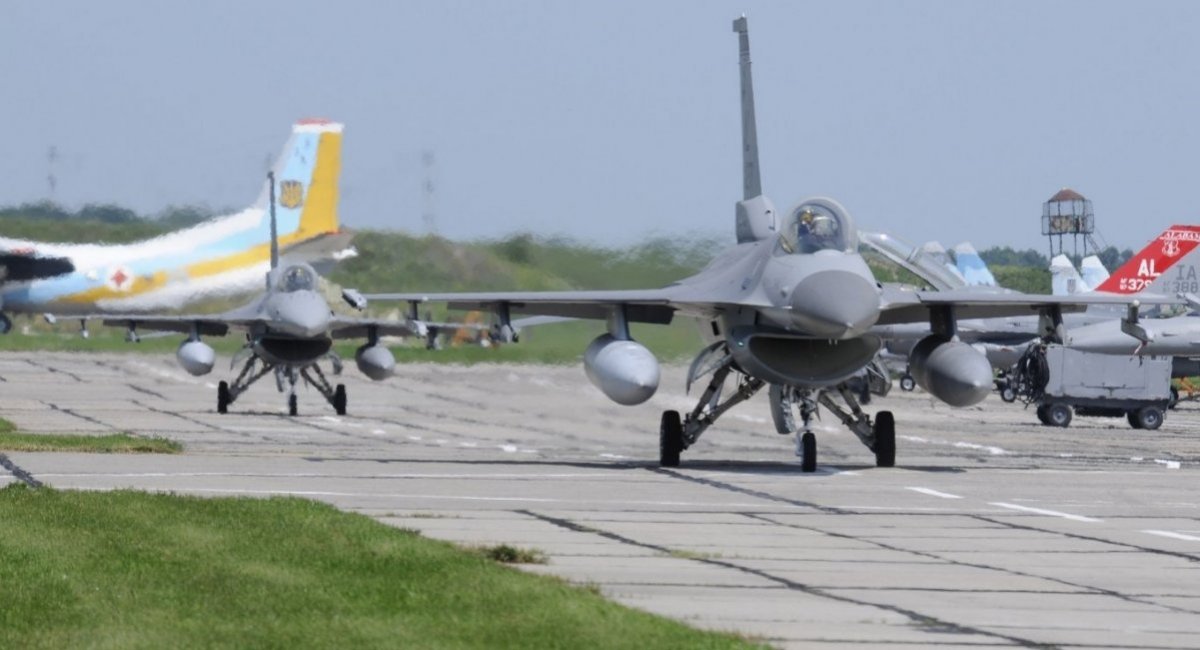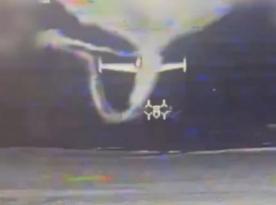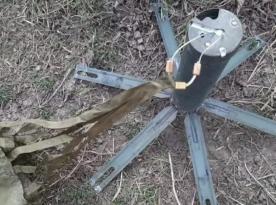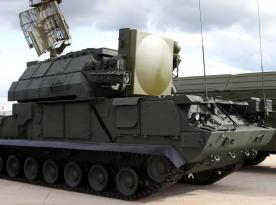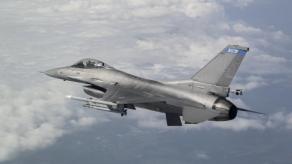Chief of Aviation at the Ukrainian Air Force Command, Serhii Golubtsov, was interviewed by RFE/RL journalists from the Donbass.Realii project. Among the statements he said during the talk, the part met with the most resonance in the society was that some of the F-16 fighters slated for Ukraine will stay abroad.
Specifically, they will be stationed at air bases in partner countries as a sort of reserve force. This is due to the necessity to continue the training of Ukrainian pilots, take over the aircraft that will be relieved of duty for maintenance, or in general as a contingency source for replacement if needed.
Read more: Ukrainian Air Force Explains How F-16 Fighters Protection at Airfields Will Be Implemented
The news was received with skepticism in Ukraine since the transfer process of the promised F-16s is already dragging on, and now an official says some of the aircraft will still have to stay outside Ukraine and potentially even out of combat. The Ukrainian debate aside, Defense Express assumes the following reasoning will also be helpful for our international audience.
For starters, there's a rational logic behind this decision: as soon as the F-16s are in Ukraine, they will become the No. 1 target for the russian invasion forces, who will spare no weapons to take the long-awaited Western aircraft down. Providing air defense for military aircraft is a difficult task. With that in mind, it seems logical to at least take advantage of the opportunity to withdraw some backup aircraft to an area where the russians will not be able to reach them.
On the other hand, pushing the option to the extremes like "let's keep all Ukrainian F-16s at NATO airfields, so that the russian army cannot get them there," which is being actively discussed on social networks, is just as extremely impractical.
The primary problem here is not about how far the West is ready to get involved in a war with russia. The banal geographical factor makes it a bad idea, namely, the airports in Poland or Romania are just too far from the frontlines in the East and South of Ukraine.
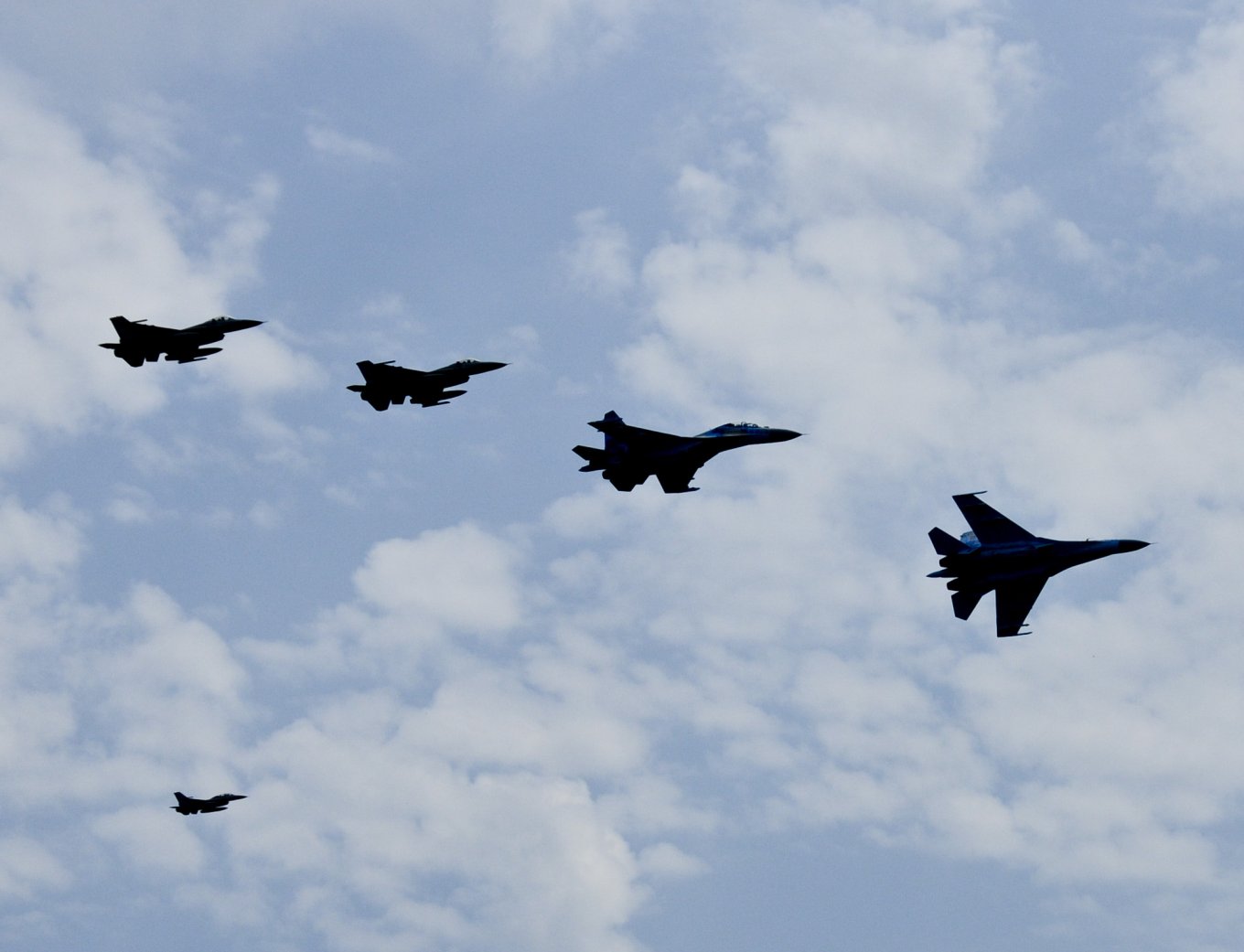
Therefore, keeping a small number of F-16s in a safe place but not too far to get them ready anytime is actually a viable option.
As for how many F-16s could be in that small group, Ukraine's aviation chief Golubtsov did not mention any specific figures but at a different point into the interview, he said another important detail. In short, he essentially confirmed the assumption of some Western analysts that the deployment of the F-16 will be gradual, and the complexity of combat missions involving these aircraft will increase over time.
From this perspective, what matters is not only the speed of F-16 delivery but also how quickly the Ukrainian Air Force will be acquiring the capabilities to perform certain tasks with the maximum permissible number of F-16s at a time. As Golubtsov pointed out, the use of F-16 in battles against the russians will probably start with the flight-level unit (that is, a four-aircraft formation).
All these details must be noted down because the issue regarding the future of F-16 in the Armed Forces of Ukraine is constantly lingering, and the above-mentioned interview describes exactly the kind of things that will take a long time to unfold and come into effect as far as the war against russia progresses.
Read more: russian Commanders in Crimea Recommend Air Defense Personnel to Evacuate Families to the Southern Military District



